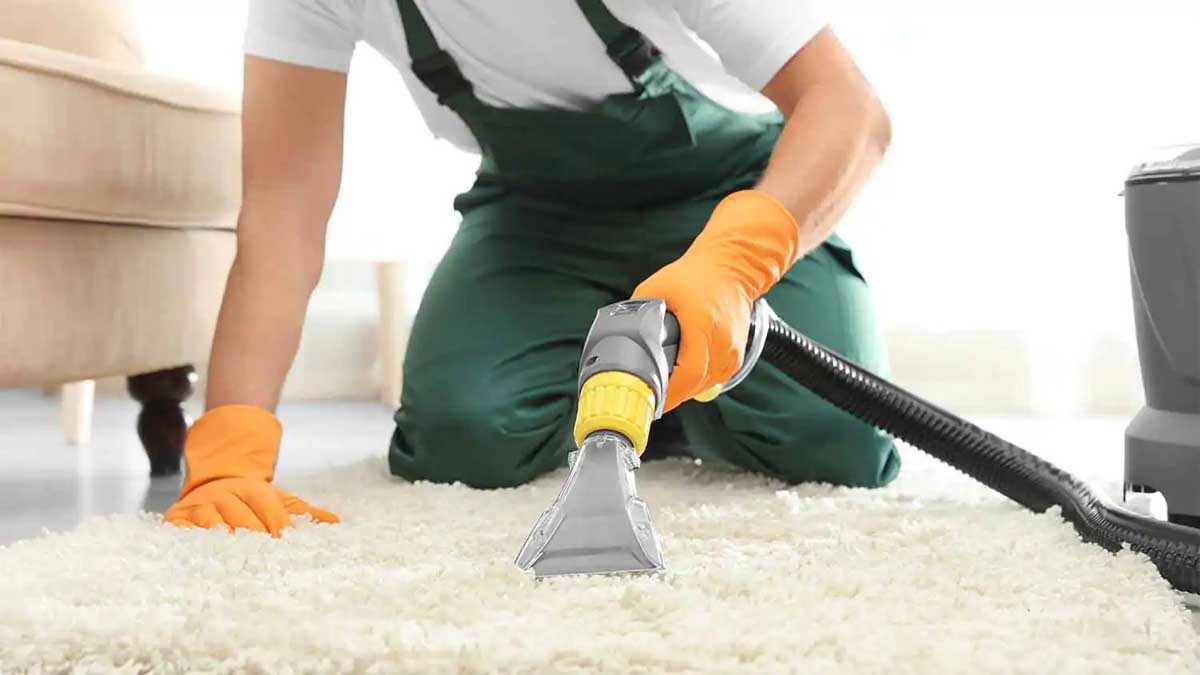How Do You Dry Your Carpet After Steam Cleaning: Best Practices to Follow

Professional cleaners understand that proper drying after steam cleaning is just as crucial as the cleaning process itself, as inadequate drying can lead to the growth of mold, mildew, and unpleasant odors in your carpet. Many homeowners focus on cleaning but neglect the critical drying phase, which can undo all their hard work and potentially damage their carpet. The way you handle the hours after steam cleaning determines whether your carpet will look great and last longer or develop problems that require additional cleaning or even replacement. This guide covers the most effective techniques for drying your carpet quickly and completely after steam cleaning.
Proper Ventilation for Faster Drying
Good airflow is key to drying your carpet quickly and preventing moisture-related problems. Open windows and doors to create natural air circulation that helps moisture evaporate faster from your carpet fibers. Cross-ventilation works best, so try to open windows on opposite sides of the room to create a breeze that flows across the wet carpet. Turn on ceiling fans if you have them, and point any portable fans toward the carpet to increase air movement. The moving air helps carry away moisture that evaporates from the carpet, preventing it from reabsorbing. Even on humid days, creating airflow helps speed up drying compared to leaving the air stagnant. Don't forget about exhaust fans in bathrooms or kitchens near the cleaned area, as these can help remove moist air from the space.
Use of Fans and Dehumidifiers
Strategically placing fans and dehumidifiers can significantly reduce the drying time of your carpet while preventing humidity buildup—position fans to create overlapping airflow patterns across the entire carpeted area, not just in one spot. High-velocity fans are more effective than regular household fans for moving large amounts of air across wet surfaces. Place fans at different heights - some on the floor, pointing across the carpet, and others elevated to create air circulation at various levels. Run a dehumidifier alongside your fans to pull moisture out of the air, which helps the carpet release more water into the drier environment. Set your dehumidifier to maintain humidity levels between 30% and 50% for optimal drying conditions. Remember to empty the dehumidifier's water tank regularly so it continues to operate at full capacity throughout the drying process.
Lift Furniture and Rugs for Airflow
Moving furniture and area rugs off your freshly cleaned carpet allows air to reach every part of the carpet surface for even drying. Heavy furniture can trap moisture underneath, creating damp spots that take much longer to dry and may develop mold or mildew. Use furniture pads, blocks, or aluminum foil under furniture legs to protect both the wet carpet and your furniture from moisture damage. If you can't move large pieces completely, try shifting them slightly so air can circulate them. Roll up area rugs and remove them from the room entirely, as they can block airflow and trap moisture against the carpet underneath. This extra effort in moving obstacles pays off with faster, more thorough drying and better overall results.
Avoid Heavy Foot Traffic Post-Cleaning
Staying off your freshly steam-cleaned carpet helps it dry faster and prevents damage to the wet fibers. Walking on a wet carpet pushes moisture deeper into the padding and subfloor, making it much harder for the carpet to dry completely. The weight and movement from foot traffic can also damage wet carpet fibers, leaving permanent impressions or matted areas. Set up temporary barriers or place signs to remind family members and pets to stay off the carpet until it's completely dry. If you absolutely must walk across the carpet, wear clean socks or slippers and step as lightly as possible. Plan your cleaning schedule to avoid the area for the necessary drying time, which typically ranges from 6 to 12 hours, depending on the conditions.
Monitor and Test Carpet Moisture Levels
Checking moisture levels helps you know when your carpet is truly dry and safe to use normally again. Use a moisture meter specifically designed for carpets to obtain accurate readings of the moisture remaining in the fibers and padding. Insert the meter's probes into the carpet pile, ensuring they reach the backing without touching the floor beneath. Test multiple spots around the room, especially areas that received more cleaning solution or tended to dry more slowly. Take readings every few hours to track the drying progress. The carpet should reach moisture levels below 12% before you consider it fully dry and safe from mold growth. Keep testing until you get consistently low readings across the entire cleaned area.



